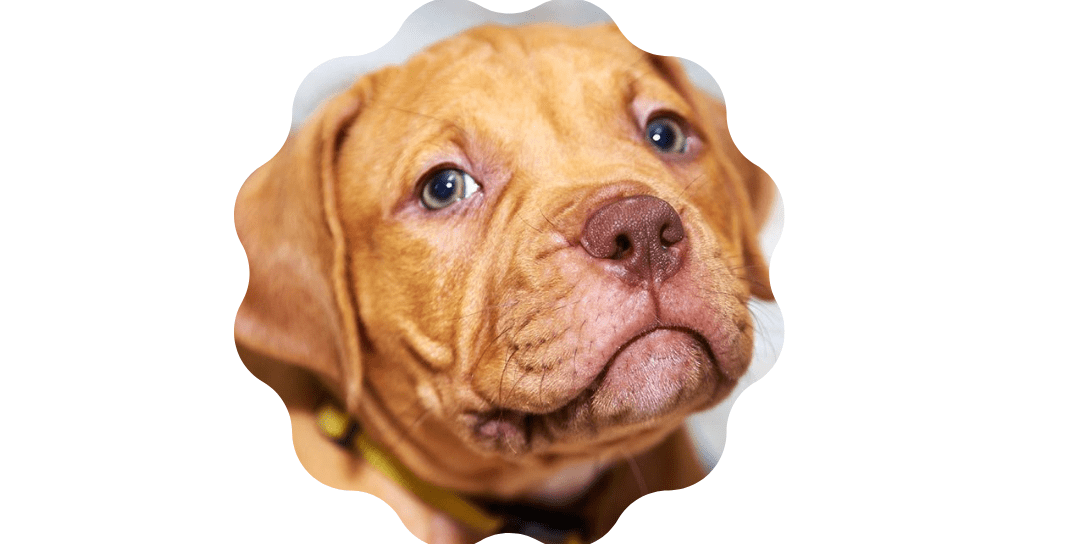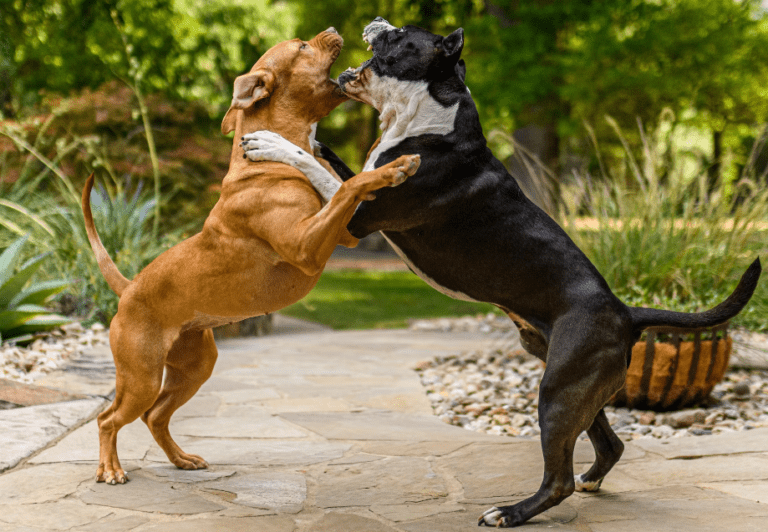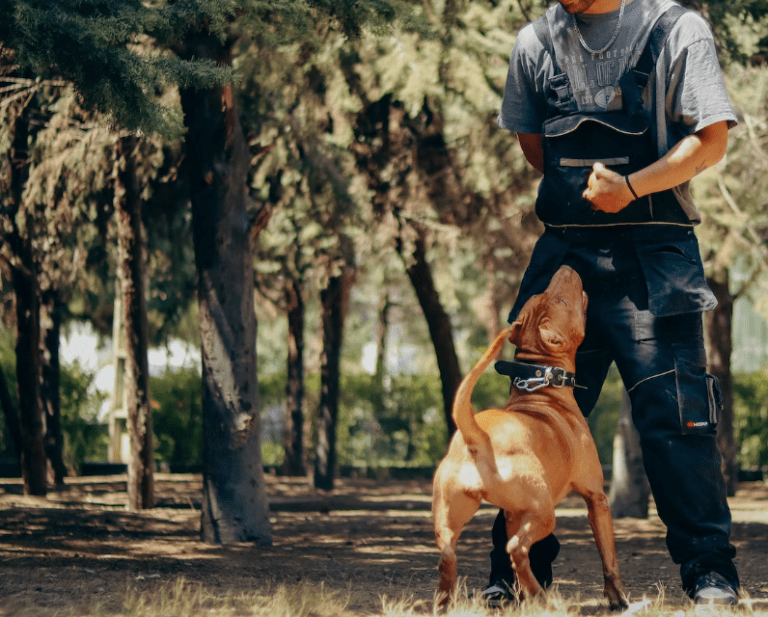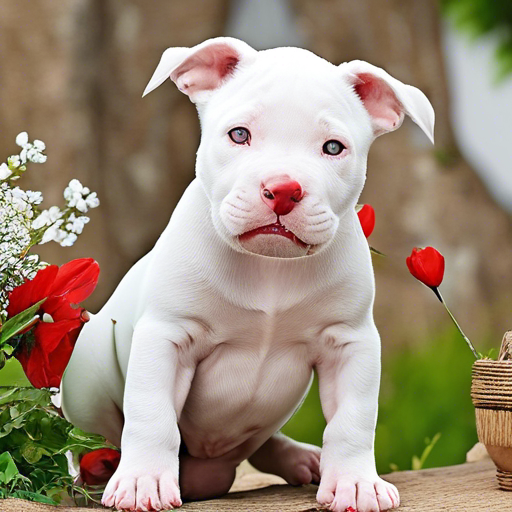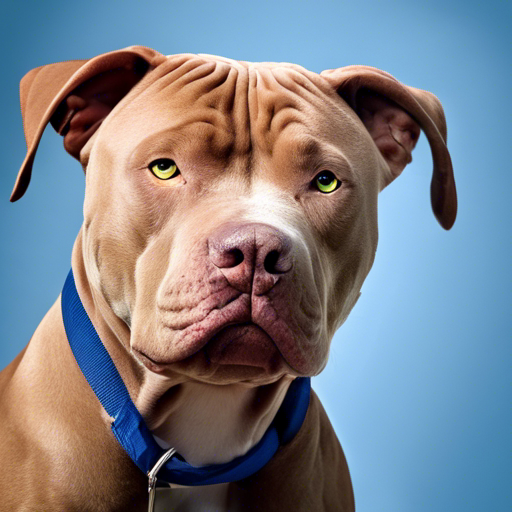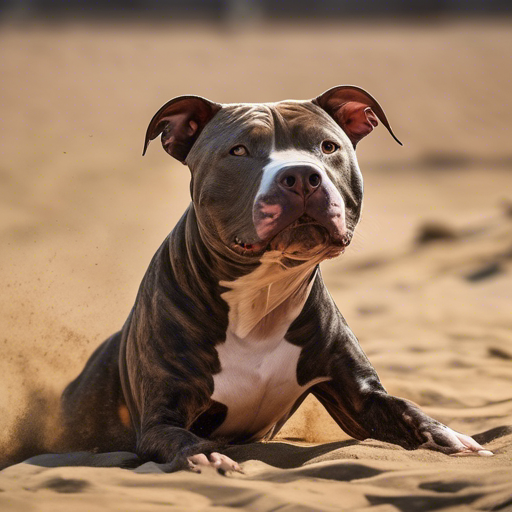Red Nose Pitbull: Facts, Pictures, Origin & History
Introduction
When it comes to dog breeds, few evoke as much fascination and debate as the Red Nose Pitbull. Known for their striking appearance and dynamic personality, Red Nose Pitbulls are a unique subset of the American Pitbull Terrier breed. Understanding the Red Nose Pitbull’s origins, traits, and needs can help potential owners and enthusiasts appreciate this remarkable breed better.
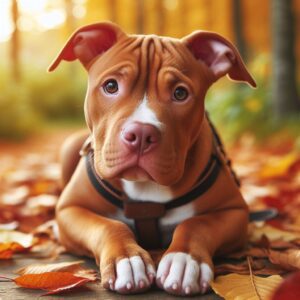
What is a Red Nose Pitbull?
The Red Nose Pitbull is a variation of the American Pitbull Terrier, distinguished by its reddish nose, copper-colored fur, and amber eyes. This breed is not a separate entity but rather a specific color variation within the broader Pitbull family. Known for their muscular build and athletic prowess, Red Nose Pitbulls are both impressive and endearing.
History and Origin
The history of the Red Nose Pitbull traces back to the 19th century in the United Kingdom, where they were initially bred for bull-baiting and other blood sports. These dogs were known for their strength, tenacity, and courage. When these sports were banned, the breed transitioned into farm dogs and loyal companions.
In the early 20th century, Irish immigrants brought these dogs to the United States, where they continued to be bred for their working abilities and companionship qualities. Over time, the Red Nose Pitbulls became particularly prized for their distinctive appearance and robust health.
The Genetics Behind the Red Nose
The Red Nose Pitbull’s unique coloring results from recessive genes inherited from both parents. This genetic trait gives them their characteristic red or copper-colored nose and fur. Unlike their black-nosed counterparts, the red nose trait must be present in both parental lineages to manifest in the offspring, making them relatively rare and sought after.
Physical Characteristics
Size and Weight
Red Nose Pitbulls typically weigh between 30 to 65 pounds and stand 18 to 22 inches tall at the shoulder. Their robust and muscular build contributes to their strength and agility.
Coat Color and Texture
Their coat is usually short, smooth, and shiny, requiring minimal grooming. The color ranges from light red to deep reddish-brown.
Eye Color and Other Distinctive Features
Amber or reddish-brown eyes complement their coat and nose color, adding to their distinctive look. Their ears can be either cropped or natural, and they have a broad, flat skull with a pronounced jawline.
Temperament and Behavior
Red Nose Pitbulls are known for their affectionate and loyal nature. They are typically friendly with family members and can be excellent companions. However, their strong-willed and energetic personality requires an owner who can provide firm but loving guidance.
Training and Socialization
Early training and socialization are crucial for Red Nose Pitbulls. Positive reinforcement techniques, such as treats and praise, work best with this intelligent breed. Consistent training helps in managing their high energy levels and preventing behavioral issues.
Health and Lifespan
Red Nose Pitbulls are generally healthy, but like all breeds, they are prone to certain health issues. Common problems include hip dysplasia, allergies, and heart disease. Regular veterinary check-ups, a balanced diet, and plenty of exercises are essential for maintaining their health. On average, they live between 12 to 15 years.
Diet and Nutrition
A balanced diet rich in proteins, fats, and carbohydrates is vital for the health of Red Nose Pitbulls. High-quality commercial dog food or a well-planned homemade diet can meet their nutritional needs. It’s essential to avoid overfeeding, as obesity can lead to various health problems.
Exercise and Activity Levels
Red Nose Pitbulls are highly energetic and require regular exercise to stay healthy and happy. Daily walks, playtime, and mental stimulation through training or puzzle toys are excellent ways to keep them engaged. Lack of exercise can lead to boredom and destructive behavior.
Grooming Needs
Despite their short coat, Red Nose Pitbulls benefit from regular grooming. Weekly brushing helps remove loose hairs and keeps their coat shiny. Regular nail trimming, ear cleaning, and dental care are also important to prevent infections and maintain overall health.
Living Conditions
Red Nose Pitbulls can adapt to various living environments, but they thrive best in homes where they have space to play and exercise. They can live comfortably in apartments if given enough outdoor time. These dogs prefer being part of the family and should not be left alone for long periods.
Red Nose Pitbull in Popular Culture
Red Nose Pitbulls have made appearances in various media, showcasing their intelligence and charm. From movies to TV shows, their striking looks and personalities have made them popular among dog enthusiasts. Some famous Red Nose Pitbulls include Bud, who traveled with the famous Budweiser Clydesdales.
Myths and Misconceptions
There are many myths about Red Nose Pitbulls, primarily revolving around their temperament and behavior. Contrary to popular belief, they are not inherently aggressive. With proper training and socialization, they can be as friendly and gentle as any other dog breed. Debunking these myths is essential to appreciate and understand these dogs better.
Adopting a Red Nose Pitbull
Before adopting a Red Nose Pitbull, it’s crucial to consider their needs and your ability to meet them. Researching and finding a reputable breeder or rescue organization ensures that you get a healthy and well-adjusted puppy or adult dog. Adoption requires a long-term commitment, but the rewards of having a loyal and loving companion are immense.
Conclusion
The Red Nose Pitbull is a unique and fascinating breed with a rich history and distinctive traits. Understanding their origins, genetics, and needs can help potential owners provide the best care and companionship for these remarkable dogs. With the right training, diet, and environment, Red Nose Pitbulls can make loving and loyal pets.
FAQs
1. Are Red Nose Pitbulls more aggressive than other Pitbulls?
-
- No, aggression in dogs is typically a result of poor training and socialization, not a specific breed trait. With proper care, Red Nose Pitbulls can be friendly and well-behaved.
2. How often should I groom my Red Nose Pitbull?
- Weekly brushing is usually sufficient due to their short coat. Regular nail trimming, ear cleaning, and dental care are also recommended.
3. What is the average lifespan of a Red Nose Pitbull?
- The average lifespan of a Red Nose Pitbull is between 12 to 15 years with proper care.
4. Do Red Nose Pitbulls require a lot of exercise?
- Yes, they are highly energetic and need regular exercise to stay healthy and happy. Daily walks and playtime are essential.
5. Can Red Nose Pitbulls live in apartments?
- Yes, they can adapt to apartment living if they receive enough exercise and mental stimulation.
- Yes, they are highly energetic and need regular exercise to stay healthy and happy. Daily walks and playtime are essential.
- The average lifespan of a Red Nose Pitbull is between 12 to 15 years with proper care.
- Weekly brushing is usually sufficient due to their short coat. Regular nail trimming, ear cleaning, and dental care are also recommended.
- No, aggression in dogs is typically a result of poor training and socialization, not a specific breed trait. With proper care, Red Nose Pitbulls can be friendly and well-behaved.
